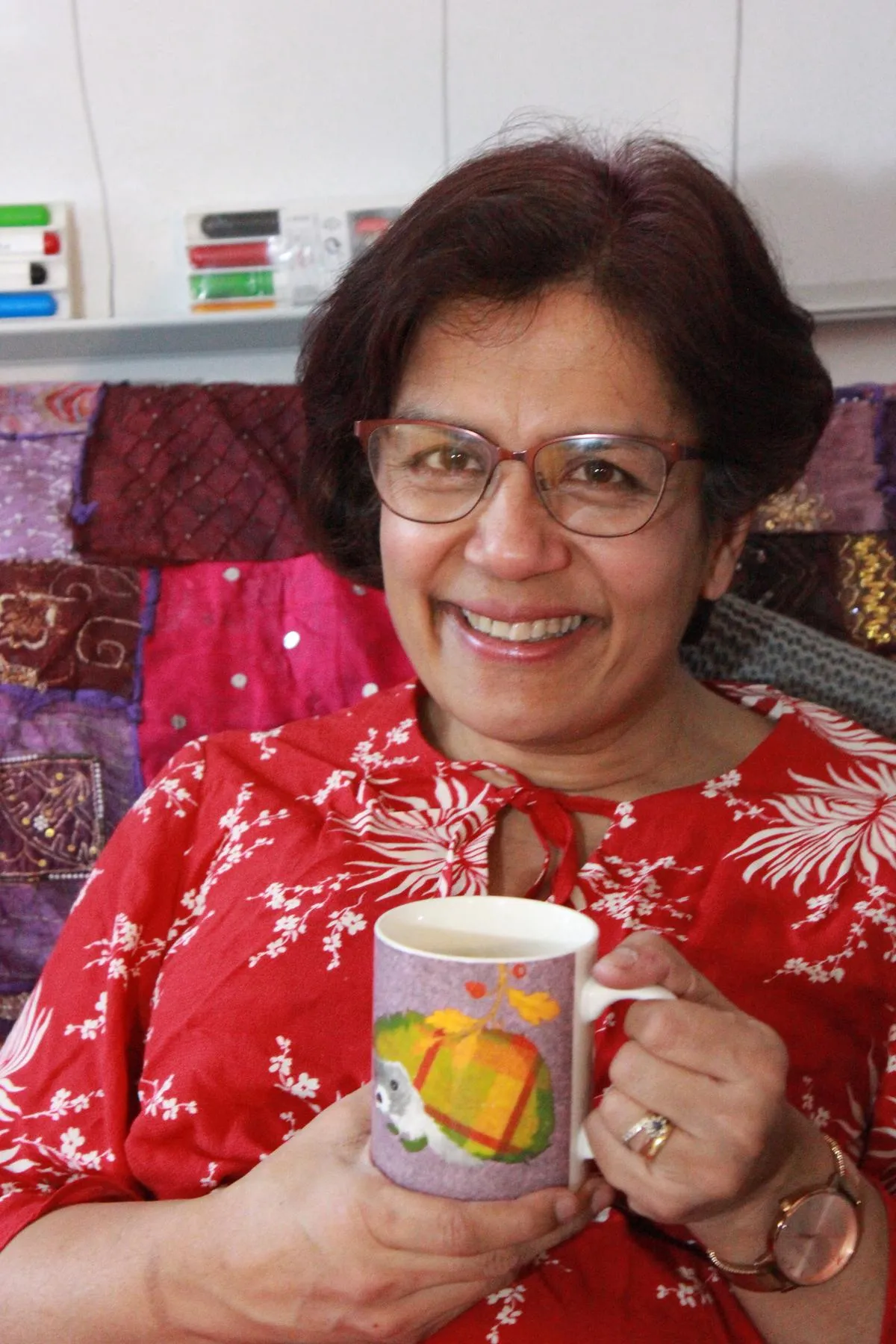OUR BLOG


How to Support Adults After Brain Injury or Stroke – Tools and Strategies for SLPs
When I first met a remarkable client recently—a 70-year-old man recovering from a heart attack and an induced coma—it reminded me of the crucial role we, as speech-language pathologists (SLPs), play in helping individuals regain their communication abilities. This client's journey is inspiring, and it’s the perfect backdrop for discussing practical ways to support adults with brain injuries or strokes, especially in a telepractice setting.
If you’re an SLP thinking about starting your own teletherapy practice, keep reading! I’ll not only share how I approached this client’s case but also how telepractice can transform your career and clients’ lives.
Understanding Communication Challenges After Brain Injury or Stroke
Adults recovering from brain injuries or strokes often experience a range of communication difficulties:
Word-Finding Difficulties: Commonly described as "tip-of-the-tongue" syndrome, they might struggle to find the right word even though they know it. This often leads to "beating around the bush" when speaking.
Decision-Making and Question-Asking Struggles: Simple tasks like choosing an item on a menu or forming questions during a conversation can feel overwhelming.
Conversational Challenges: Group discussions with fast-changing topics can become exhausting and frustrating.
Fatigue: Mental effort to process language or retrieve words can drain energy quickly, emphasizing the need for frequent rest breaks.
My Approach to Assessment in Telepractice
In telepractice, assessments need to be interactive, clear, and flexible to address the client’s specific needs. Here’s my assessment process:
1. Customized Tools
I use an assessment protocol I’ve developed over the years, which includes:
Narrative Tasks: Asking the client to tell a story.
Descriptive Tasks: Showing pictures or videos and asking the client to describe what’s happening.
Sentence Construction: Using a combination of pictures and written words to prompt sentence-building.
2. Interactive Sessions
Sharing my screen and providing visual prompts make the experience engaging and accessible. For example, my 70-year-old client was an excellent reader, so incorporating written prompts became an effective strategy for him.
3. Family Involvement
Having a carer or family member present is often essential. In this case, the client’s son was there, providing support and insight into his daily communication challenges.
Strategies to Support Clients in Recovery
Once the assessment is complete, the focus shifts to supporting the client’s progress. Here are my top strategies:
Simplify Language
Use short, clear sentences.
Avoid overwhelming them with long, complex explanations.
Visual Aids
Incorporate pictures, choice boards, or written prompts to ease the communication process.
Capitalize on the client’s strengths—like reading or comprehension skills—to build confidence.
Encourage Rest Breaks
Fatigue is a significant barrier, so plan sessions with intentional pauses.
Remind clients that progress takes time and rest is part of the recovery process.
Build Confidence Gradually
Start with one-to-one sessions before introducing group settings.
Celebrate small wins, like correctly naming an object or forming a simple sentence.
Why Telepractice is a Game-Changer
As a speech therapist, transitioning to teletherapy back in 2015 was a leap of faith, but it’s been transformative. I’ve worked with clients worldwide, enabling them to regain their voice from the comfort of their homes. Telepractice allows for:
Increased accessibility for clients.
Flexibility for SLPs to build a career aligned with their lifestyle.
Opportunities to incorporate innovative, digital tools for therapy and assessments.
Ready to Start Your Teletherapy Practice?
If this post has inspired you to explore telepractice, I’d love to invite you to my FREE ONLINE WORKSHOP FOR SPEECH THERAPISTS WHO WANT TO BE TELETHERAPISTS.
In this workshop, I’ll guide you through the essential steps to launch your telepractice with confidence. You’ll learn how to overcome common challenges, build a client-centered approach, and set up a successful teletherapy business.

Don’t miss this opportunity to transform your career and empower clients like never before. Whether you’re just starting or looking to refine your skills, this workshop is the perfect next step!

Hi there, I'm Bev Jessup

Bev was brought up in a Catholic home, where her parents instilled in her a deep faith and reverence for God. Growing up, she attended church regularly and participated in various religious activities. However, when she went to university, her world was turned upside down. Her friends started talking about having a personal relationship with Jesus, and Bev was confused. She had never heard of such a thing, and she didn't know what it meant.
Determined to find answers, Bev began to explore the Christian faith further. She read books, attended Bible studies, and talked to her friends about their experiences. Eventually, she came to understand what it meant to have a personal relationship with Jesus, and she made a commitment to follow Him.
This decision changed Bev's life forever. She experienced a sense of peace and purpose that she had never felt before. She began to see the world through a new lens, one that was filled with hope and joy.
As she continued to grow in her faith, Bev met her future husband at university, and they fell in love. They got married in 1992 and started a family. Bev and her husband have three adorable sons, whom they love and cherish.

Today, Bev and her family live on the Isle of Wight in the UK. She spends her days painting, journaling, spending time with family, walking, and traveling. But above all else, she continues to follow Jesus and share His love with those around her.
Bev's story is one of courage and determination. Despite the confusion and uncertainty she faced, she never gave up on her search for truth. And when she found it, she embraced it with all her heart. Her commitment to Jesus has transformed her life and the lives of those around her.
My mission is to empower women to embrace their creativity and use it as a tool for spiritual and personal growth. Through my work, I aim to inspire women to discover their true potential and overcome any challenges they may face on their journey.
PRIVACY POLICY TERMS OF SERVICES CONTACT US



